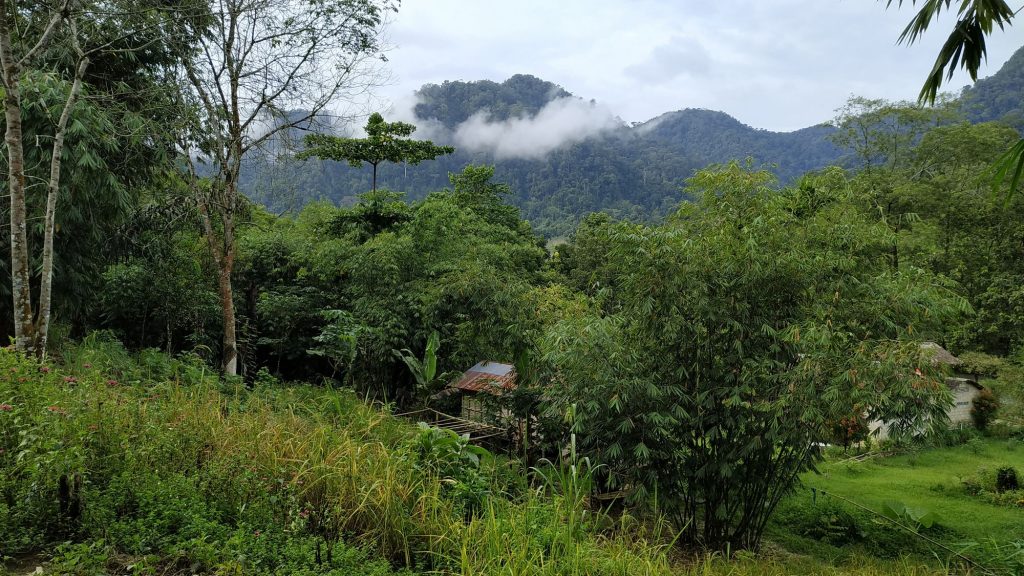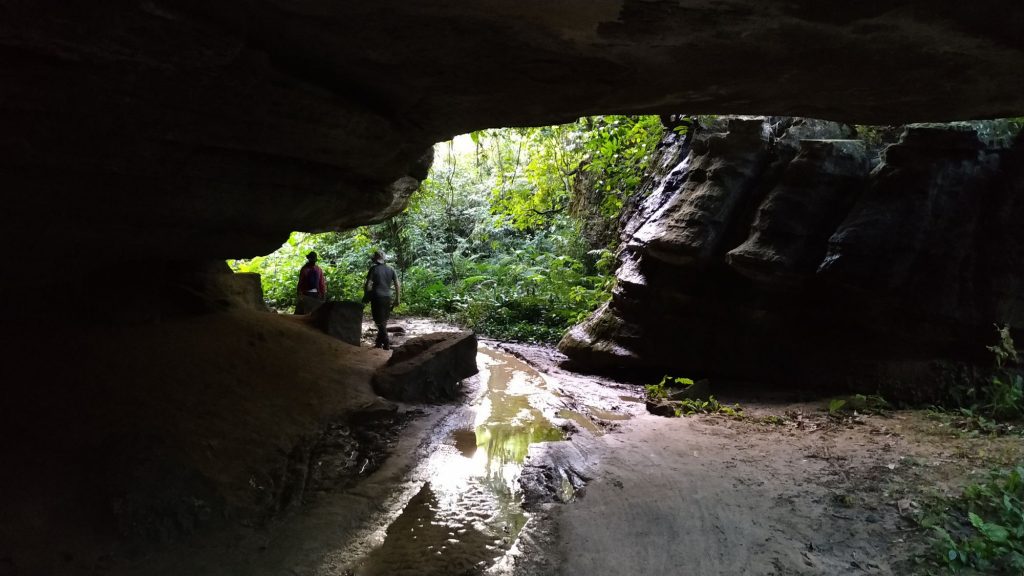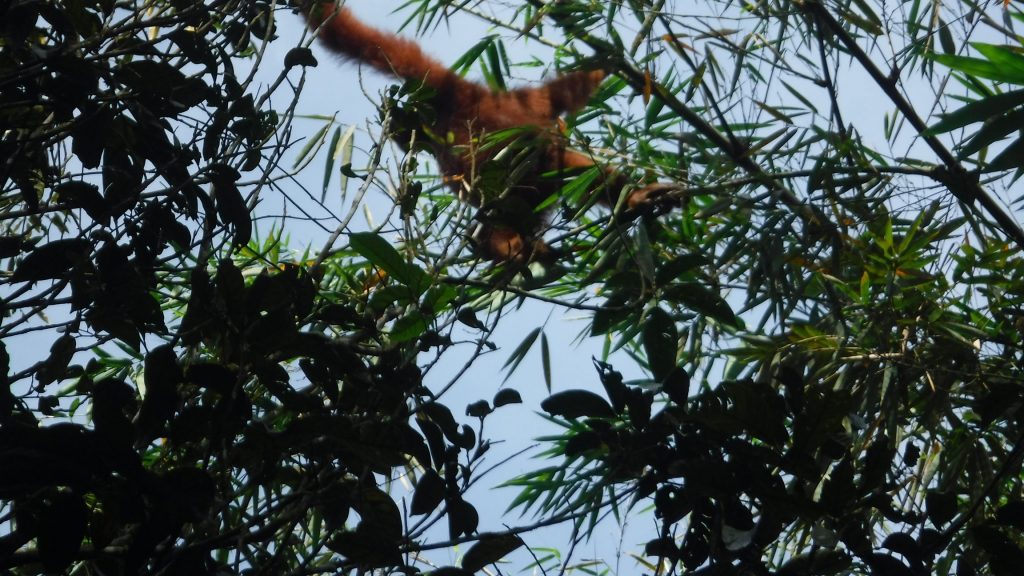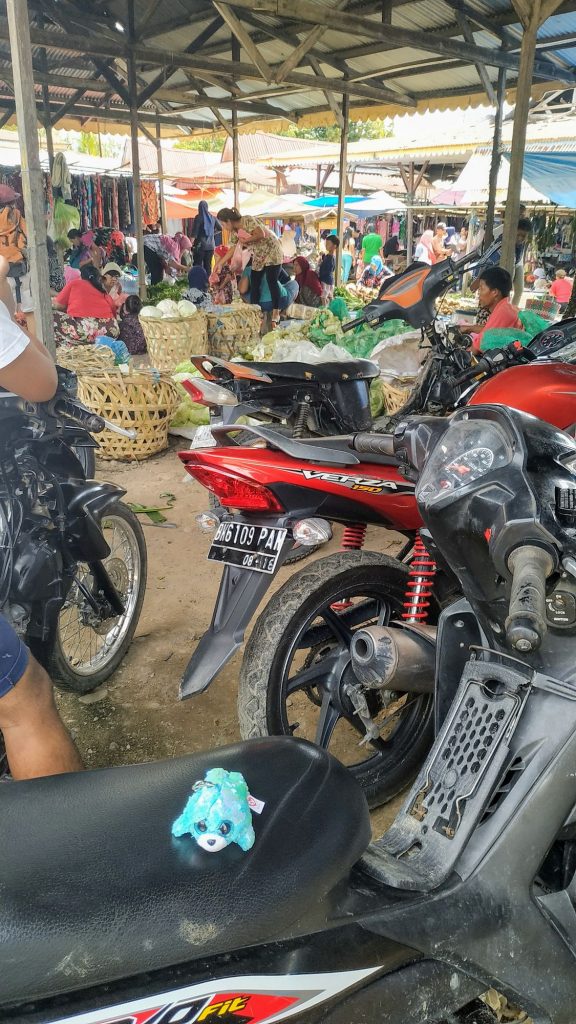
So, I had this trip planned around Asia that I had wanted to do for a very long time, but I also wanted to go somewhere and experience the jungle and the natural world of Southeast Asia. Orangutans are one of my favorite animals and I started looking to see if it’s possible to see them in the wild in their natural environment at the same time, thinking this is a tall order on a tight budget. Then I found Batu Kapal on the Volunteer World website.
Volunteering in this project ended up being the highlight of my whole trip. This is a truly special place with special people running it, working there and volunteering. It was off the beaten track and personal, but not so far off the track to feel uncomfortable. It’s Not like some of the many tourist traps you tend to get yourself caught up in so often when you travel.
I arrived late at night via arranged pickup that cost about $50 odd each way, but it is about a 4-hour drive from the airport and most of it through really crazy traffic around Medan before you hit the country roads. The driver was my first experience meeting one of the Bukit Lawang locals and since we spent more than 4 hours in the car together, I could not help but warm to his truly authentic uncomplicated friendly laid-back vibe. I was soon to find out, just about all the Bukit Lawang locals I met had the same kinda thing going on.
I arrived in Bukit Lawang at almost midnight and it was dark. We stopped at the local mini market where two of the staff from Batu Kapal met me with two scooters. One took my backpack on his bike and the other took me on his. What followed was a very exciting bike ride into the dark jungle down a narrow dirt path, not wide enough for cars. You could tell these guys spent their whole lives on these bikes. Parts of the dirt road are very steep and narrow with rocks and puddles everywhere. Proper offroading and pretty exciting in the dark! I came to learn that everything gets transported into and out of the jungle via motorbike. Whole houses get built and all the material, wood, cement, rebar and even the gravel is transported on those mostly old 50cc beat up scooters, one or two bags at a time. The jungle motorbike “highway”.
After about 15-20min on the bike, we got to the Batu Kapal base/lodge. From what I could make out in the lights of the bike in the dark, we were pretty much in the middle of a lush jungle, but I could not wait to see it in the daylight. Annabel and the staff met me as I arrived with a warm welcome and I felt at ease straight away and just knew this is going to be a great week.
I had a great night’s sleep and what I woke up to far exceeded my expectations in terms of scenery and setting. The lodge is in the most beautiful part of the jungle a bit up from the riverbank. The water in the river is clear and blue and fast flowing and the birds and monkeys were already jumping through the trees next to the building before breakfast. My first observation/monitoring hike on one of the trails was soon after. I was blown away by the natural beauty of the immediate surroundings and the whole area.

The huge nature reserve is just across the river and the animals from the reserve freely cross into this kind of bufferzone where human and animal activity intersect. Batu Kapal is trying to make a difference in this bufferzone so that both animals and people in this area can be in a better position. Part of what the volunteers do is record daily sightings of the primate and orangutan activity in the area on the monitoring hikes to better understand how they use the area, and how to help them. That has the perk to the volunteer of getting to know this beautiful jungle environment better every day you are there. I saw some new, different and surprising animal, plant or insect, on every monitoring session.
The huge nature reserve is just across the river and the animals from the reserve freely cross into this kind of bufferzone where human and animal activity intersect. Batu Kapal is trying to make a difference in this bufferzone so that both animals and people in this area can be in a better position. Part of what the volunteers do is record daily sightings of the primate and orangutan activity in the area on the monitoring hikes to better understand how they use the area, and how to help them. That has the perk to the volunteer of getting to know this beautiful jungle environment better every day you are there. I saw some new, different and surprising animal, plant or insect, on every monitoring session.
Batu Kapal is worth going to just for the setting alone. There are huge rock formations right behind the lodge, with tree roots growing through it, and little waterfalls coming down into a pond. You don’t even need to leave the open plan lodge to see the animals, the troops of monkeys come by several times a day and nest in the trees nearby.

In fact, I saw my first wild orangutans only 15 meters away in the trees while having breakfast and sitting in the open dining area at the lodge after one of the hikes.

The volunteer work itself goes further than just nature conservation — there are educational programs helping the local kids, and even the staff and their families are directly benefiting from getting a salary because the volunteers pay the $30 odd per day to keep things going.
I met the lady who started it all from scratch with almost no outside help. She was there for a few days while I was there, and we had a great chat about how it all started. I’m just so impressed with what they’re trying to do and also how they are doing it. She is truly working with the best interest of both people. Very inspiring and lovely person who just seems to have decided to make a small part of the world a little better. Everyone involved in this programme is truly invested in what they are doing, and I could see for myself the direct difference they’re making.
For example, while I was there an old Sumatran tiger strayed out of the reserve and killed a local farmer’s cow. Batu Kapal staff got involved in communicating with the government nature conservation team and locals made sure the farmer is compensated for his lost cow and a camp is set up to keep his cows at night safely, thereby making sure the tiger is not hunted down by the locals and killed.
I also have nothing but warm feelings towards the local staff and actually miss them since they were so easy going and nice to hang with in the evenings and during down-time playing chess or doing silly things. Annabel, who is half conservationist and half host and manager, is one of those competent people at the right place at the right time making a difference, and you feel in safe hands with her.

The Bukit Lawang town itself is a bit of a tourist town for Sumatra, but not overly so compared to other places in Asia. It is about an hour’s walk from the lodge on the footpath/motorbike path through the jungle along the river. The local culture and markets are still pretty much geared towards the locals, and tourists are just a curious add-on, rather than the local market being there to get tourist money. You see the odd tourist at the market day, but no-one is trying to hard sell them anything. You just buy if you want to buy and no pressure. It’s a really safe place and I always felt very comfortable among the locals. It felt like a place with a real community. However, you only really see tourists when you go into town. When you are at the lodge, you only see staff, some local subsistence rubber farmers and other volunteers.
Batu Kapal and the Bukit Lawang area is one of those places I could easily just stay forever in if I did not already have other responsibilities to get back to. It’s one of those places you leave a little piece behind when you leave and think about often. The people, the nature, the river, animals and atmosphere left a lasting impression on me. A very special place indeed.

